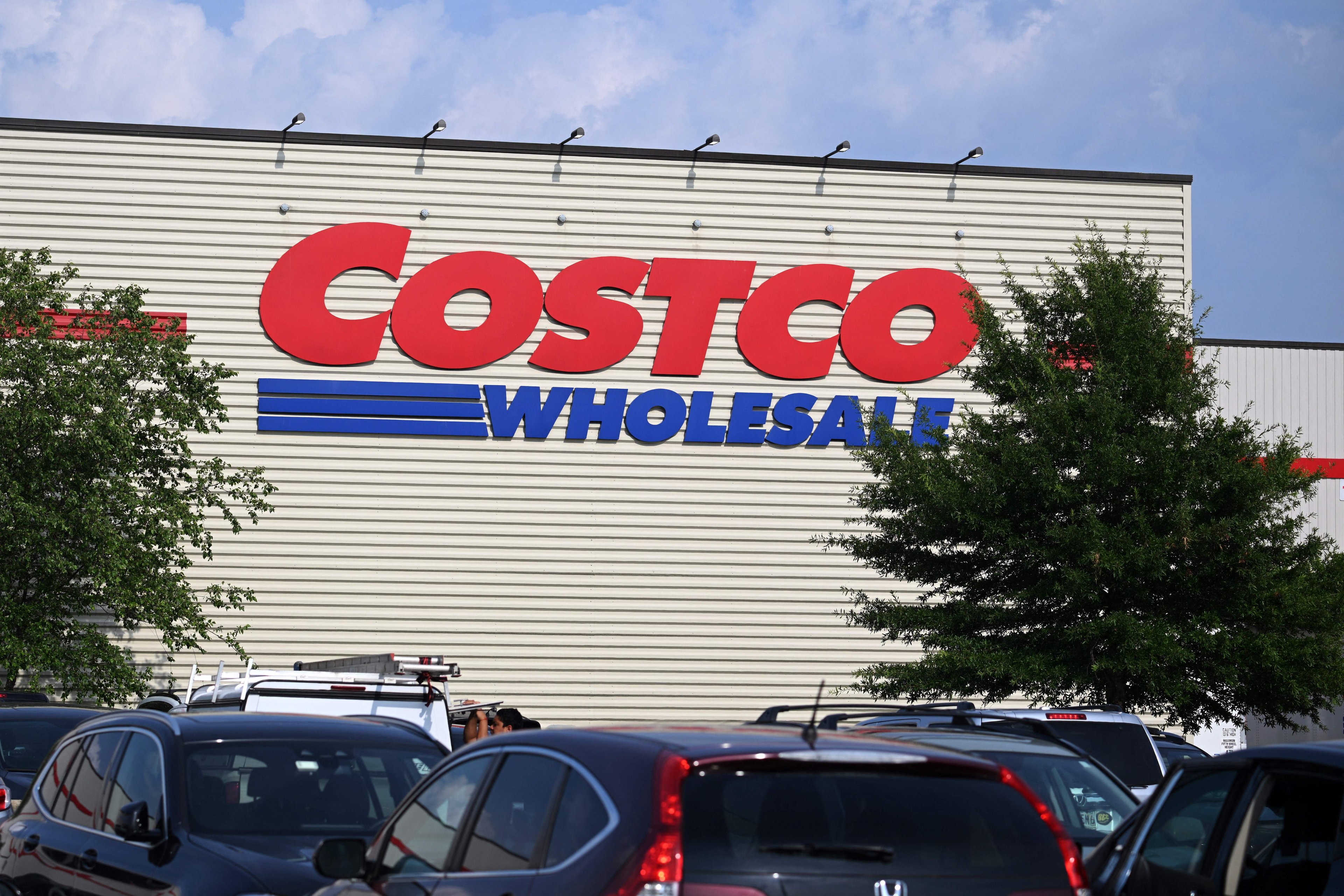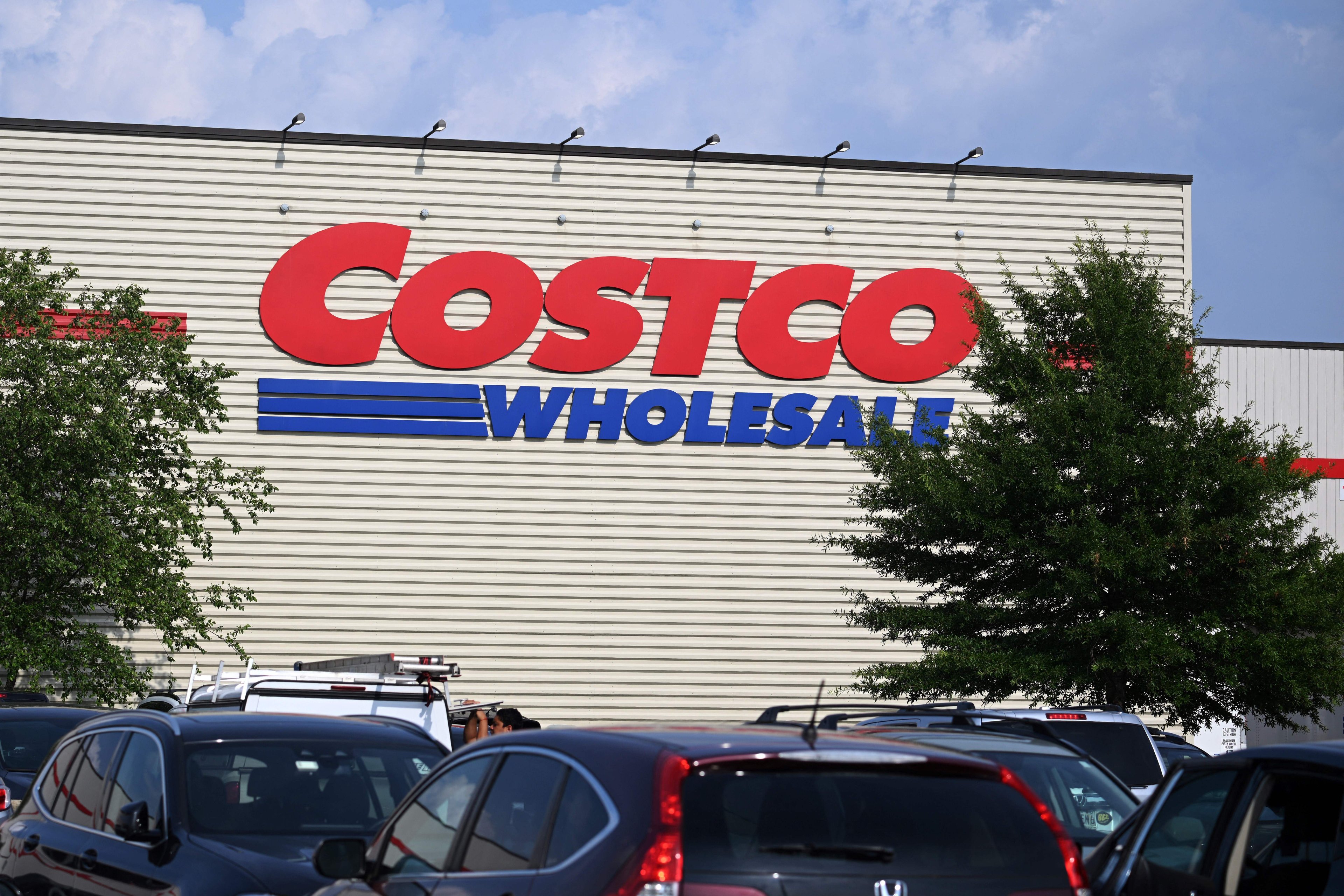On Thursday, Costco Wholesale (COST 2.67%) reported EPS of $1.05, which missed the average analyst estimate by 10%. In fact, this was the third straight quarter that Costco's earnings fell short of the analyst community's expectations.
For the first half of Costco's 2014 fiscal year, pretax income is up just $2 million year over year: a drop in the bucket for a company with annual revenue of more than $100 billion. Still, there's no reason to panic. Costco has one of the most long-term focused management teams of any major public company. They are leaving some profit on the table today in order to ensure a long growth trajectory for Costco.
Building customer loyalty
Costco's basic strategy is to gain loyal customers by offering unbeatable prices. The company hardly marks up its merchandise at all -- gross margin was 10.5% last quarter. This is barely enough to cover the company's operating costs.
But by attracting and retaining members, Costco gets a reliable income stream in the form of membership fees. Last quarter, Costco collected $550 million in membership fees, which accounted for 76% of the company's operating income. In the U.S. and Canada, the membership renewal rate is an impressive 90%.

Costco's commitment to low prices keeps members very loyal.
Recently, Costco CFO Richard Galanti has used the example of rotisserie chicken to highlight the company's long-term focus. When poultry costs rose last year, Costco decided to absorb those cost increases rather than passing them on to customers. By continuing to sell three-pound rotisserie chickens for just $4.99, the company took a profitability hit in the short term.
But customers appreciate the low price -- Costco sells 60-70 million of these rotisserie chickens annually. Moreover, costs are starting to recede again. Thus, Costco only had to pay a higher price for chicken for a few quarters, but that investment generates long-term loyalty that could continue paying dividends for years or even decades.
Growth continues
The value of Costco's low prices can also be seen in the company's consistent revenue growth. Last quarter, comparable sales increased 3%, and would have increased 5% excluding the impact of gasoline price deflation and currency fluctuations. Growth has remained very steady recently: In the 2013 fiscal year, comparable sales rose 6% excluding gasoline and currency fluctuations.
Costco also has an opportunity to grow its footprint of 649 warehouses. The company has opened 16 new locations in the last six months or so, with plans for another 14 through the rest of the fiscal year. Longer term, Costco hopes to add 30-35 new warehouses annually for the next five years.
International markets represent a huge opportunity for Costco. Despite significant international growth in recent years, more than 80% of Costco's business is still in the U.S. and Canada. The discount-warehouse concept is not common outside of North America, and Costco's low prices have allowed it to rapidly gain loyal members when it has expanded to new markets. This is a promising sign for the future.
Foolish bottom line
Costco operates with a long-term perspective. Revenue growth and member loyalty both remain strong, and there are plenty of opportunities remaining for Costco to grow into new markets.
It's inevitable that profitability will take a hit every now and then as Costco strives to keep prices down. But shareholders have no reason to worry when this happens; it's all part of a solid long-term plan.






